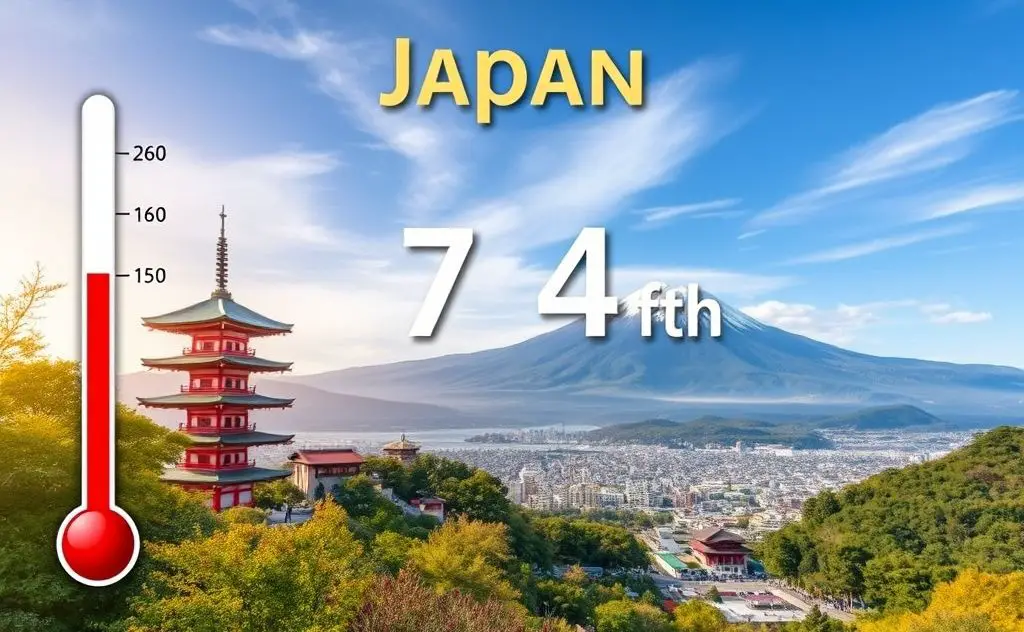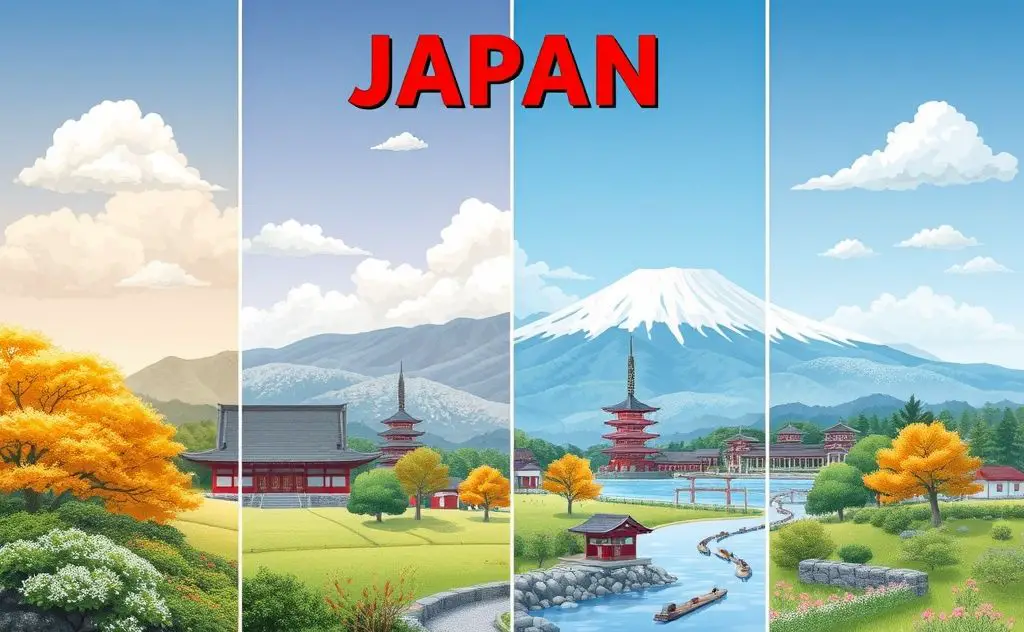In Japan, the Celsius scale is used for temperature measurement, aligning with most countries around the world for weather forecasts and scientific purposes.
Japan officially uses the Celsius (°C) scale for temperature measurement in all aspects of daily life, weather reporting, and scientific applications. This aligns with the global metric system adopted by most countries worldwide.

Japan’s Temperature Measurement System
The Celsius scale is deeply integrated into Japanese society. You’ll find it used in:
- Weather forecasts and reports
- Thermostats and air conditioning controls
- Cooking instructions and recipes
- Medical settings for body temperature
- Industrial and scientific applications
This standardization came about through Japan’s comprehensive metrication process that began in the late 19th century and was fully implemented by 1959.
Historical Context of Japan’s Measurement System
Japan’s adoption of the metric system, including Celsius temperature measurement, followed a gradual transition:
- 1886: First weights and measurements law established metric units
- 1924: Metric system became Japan’s legal standard
- 1959: Full mandatory conversion completed
While some traditional Japanese units persist in specific contexts (like tsubo for land area), temperature measurement has completely standardized on Celsius.

Practical Temperature Examples in Japan
Understanding typical Japanese temperatures in Celsius helps with travel planning and daily life:
| Season | Average Temperature | What to Expect |
|---|---|---|
| Winter | 1-8°C | Cold with possible snow in northern regions |
| Spring | 10-20°C | Mild weather perfect for cherry blossom viewing |
| Summer | 25-35°C | Hot and humid with rainy season in June-July |
| Autumn | 15-25°C | Cool and comfortable with colorful foliage |
Regional Temperature Variations
Japan’s long archipelago creates significant climate differences:
- Hokkaido: Subarctic climate with winter lows reaching -10°C
- Tokyo: Humid subtropical with summer highs around 35°C
- Okinawa: Tropical climate rarely dropping below 15°C
Temperature Conversion for Visitors
While Japan uses Celsius exclusively, visitors from Fahrenheit-using countries may need conversions:
The formula to convert Celsius to Fahrenheit is: °F = (°C × 1.8) + 32
Some common reference points:
- 0°C = 32°F (freezing point of water)
- 20°C = 68°F (comfortable room temperature)
- 37°C = 98.6°F (normal human body temperature)
- 100°C = 212°F (boiling point of water)
For heating appliances like oil-filled radiators or ceramic heaters, Japanese models display temperatures exclusively in Celsius.
Special Considerations for Japanese Weather
Japan’s climate presents unique challenges that require temperature awareness:
Summer Heat and Humidity
Japanese summers combine high temperatures (often exceeding 30°C) with humidity levels above 70%. This creates significant heat index values that can be dangerous without proper precautions. The Ministry of the Environment provides heat illness alerts when temperatures reach critical levels.
Winter Indoor Conditions
Many Japanese homes lack central heating, leading to significant indoor-outdoor temperature differentials. While outdoor winter temperatures might be 5°C, indoor spaces often hover around 10-15°C without supplemental heating. This makes space heaters and other alternative heating solutions essential for comfort.
Temperature in Japanese Culture
Temperature measurement influences several cultural aspects:
- Onsen (hot springs): Typically maintained at 40-42°C
- Tea ceremony: Water heated to specific Celsius temperatures for different teas
- Food safety: Strict temperature controls in food preparation and storage
Japan’s exclusive use of Celsius reflects its commitment to international standards while maintaining unique cultural practices tied to temperature awareness.

